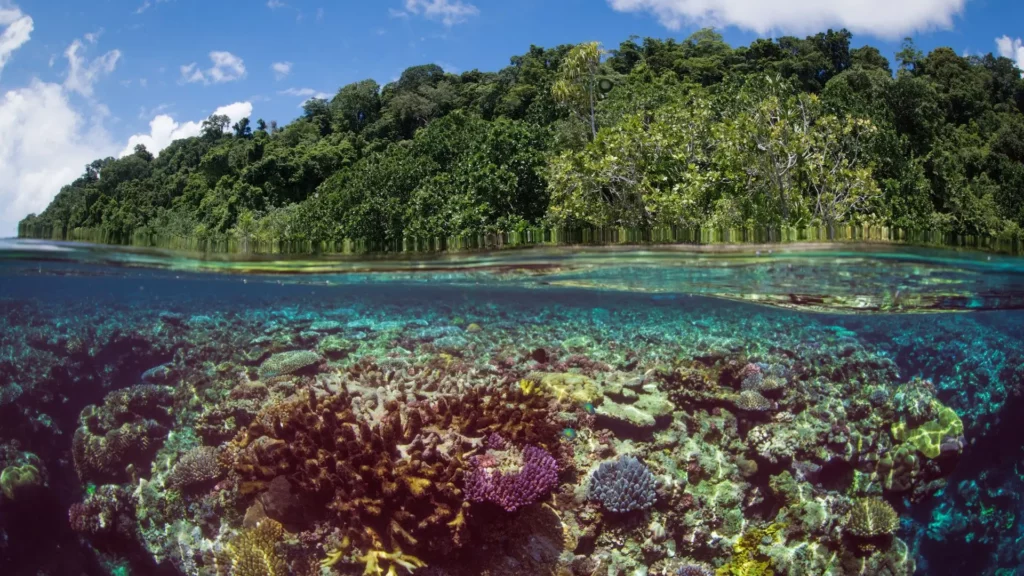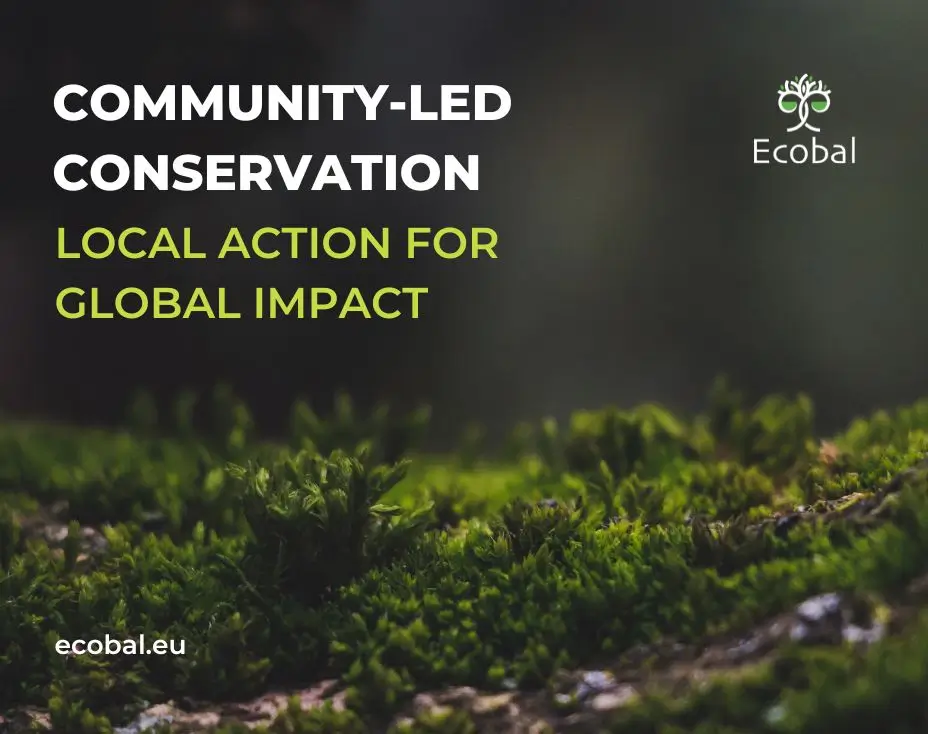Showcasing Community-Led Conservation Successes: Effective Community-Driven Conservation Initiatives That Demonstrate the Power of Local Engagement in
Community-led conservation initiatives have emerged as a powerful tool for biodiversity protection, leveraging local knowledge, cultural practices, and community engagement to achieve sustainable outcomes. Biodiversity loss is one of the most pressing environmental challenges of the 21st century, with species extinction rates estimated to be 1,000 times higher than natural background rates (Pimm et al., 2014). Traditional top-down conservation approaches have often failed to achieve long-term sustainability due to limited local involvement and insufficient consideration of socio-economic contexts. In contrast, community-led conservation initiatives have gained recognition for their ability to align ecological goals with local livelihoods and cultural values. This article explores the success of community-driven conservation efforts, drawing on case studies and published data to highlight their effectiveness.

Showcase 1: The Community Conservancy Model in Namibia
Namibia’s community conservancy program, established under the 1996 Nature Conservation Amendment Act, empowers local communities to manage wildlife and natural resources. By granting legal rights over wildlife and tourism revenues, the program has incentivized conservation while improving livelihoods.
- As of 2020, Namibia had 86 registered conservancies covering over 20% of the country’s land area (NACSO, 2020).
- Wildlife populations in conservancies have increased significantly, with rising elephant numbers and lion populations stabilizing (Wenborn et al., 2022).
- Conservancies generated over $10 million in annual revenue from tourism and hunting, directly benefiting local communities (Naidoo et al., 2016).
Showcase 2: Indigenous-Led Conservation in the Amazon Rainforest
Indigenous communities in the Amazon have long practiced sustainable resource management. Recent initiatives have formalized their role in conservation, recognizing their traditional knowledge and land stewardship.
- A study by Walker et al. (2020) found that indigenous-managed forests in the Amazon have deforestation rates 2-3 times lower than non-indigenous protected areas.
- In Brazil, indigenous territories store 13% of the country’s carbon, playing a critical role in climate change mitigation.
- The Kayapó people of Brazil have successfully protected over 11 million hectares of rainforest, leveraging partnerships with NGOs and international donors (Schwartzman & Zimmerman, 2005).
Showcase 3: Community-Based Marine Conservation in the Philippines
The Philippines, a global biodiversity hotspot, has implemented community-based marine protected areas (MPAs) to address overfishing and coral reef degradation. Local communities are actively involved in planning, monitoring, and enforcement.
- A meta-analysis in the Philippines found that fish biomass increased in protected areas.
- Community-managed MPAs have higher compliance rates and lower illegal fishing activities compared to government-managed sites (Pollnac et al., 2010).
- The Apo Island MPA, established in 1986, has seen a 50% increase in fish catch for local fishers, demonstrating the socio-economic benefits of conservation (Russ & Alcala, 1999).
Why It Matters for Ecobal
At Ecobal, we are committed to staying at the forefront of technological advancements in CO2 sequestration. By integrating cutting-edge technologies such as ultra-fast CO2 hydrate formation, we enhance our efforts to transform former agricultural or barren lands into thriving ecosystems.
Ecobal has achieved significant milestones, including:
- Nature Spots in five different EU countries: France, Italy, Poland, Spain, and Romania.
- Ecobal’s Storage Capacity: Managing 155 hectares of Nature Spots across the EU, storing 1581 tons of CO₂, releasing about 1150 tons of oxygen per year, and conserving nature.
This ensures that our projects not only effectively sequester CO₂ but also contribute to sustainable biodiversity conservation.
Ecobal’s Mission
- Raise awareness and establish authority to certify the ecological health and capacity of rural and natural landscapes.
- Monetize ecosystem services to demonstrate the economic value of nature.
- Use natural ecosystems as efficient carbon sinks for CH₄ and CO₂ sequestration and biodiversity conservation.
- Turning CO₂ and CH₄ from a challenge into a valuable and tradable commodity.
- Manage soil microbiota and fauna to improve soil health and ecosystem functionality.
- Restoring biodiversity through the reintroduction and conservation of native species.
In Conclusion
Community-led conservation initiatives have proven to be highly effective in addressing biodiversity loss while promoting socio-economic development. The case studies from Namibia, the Amazon, and the Philippines demonstrate that local engagement, traditional knowledge, and legal empowerment are critical components of successful conservation strategies. Policymakers and conservation organizations must prioritize community-driven approaches to achieve global biodiversity targets, such as those outlined in the Convention on Biological Diversity’s Post-2020 Framework.
Selected Sources
- NACSO (2020). Namibia’s Communal Conservancies: A Review of Progress and Challenges. Namibian Association of CBNRM Support Organizations.
- Pimm, S. L., et al. (2014). The biodiversity of species and their rates of extinction, distribution, and protection. Science, 344(6187), 1246752.
- Pollnac, R., Christie, P., Cinner, J. E., Dalton, T., Daw, T. M., Forrester, G. E., … & McClanahan, T. R. (2010). Marine reserves as linked social–ecological systems. Proceedings of the National Academy of Sciences, 107(43), 18262-18265.
- Walker, W. S., Gorelik, S. R., Baccini, A., Aragon-Osejo, J. L., Josse, C., Meyer, C., … & Schwartzman, S. (2020). The role of forest conversion, degradation, and disturbance in the carbon dynamics of Amazon indigenous territories and protected areas. Proceedings of the National Academy of Sciences, 117(6), 3015-3025.
- Wenborn, M., Svensson, M. S., Katupa, S., Collinson, R., & Nijman, V. (2022). Lessons on the community conservancy model for wildlife protection in Namibia. The Journal of Environment & Development, 31(4), 375-394.


